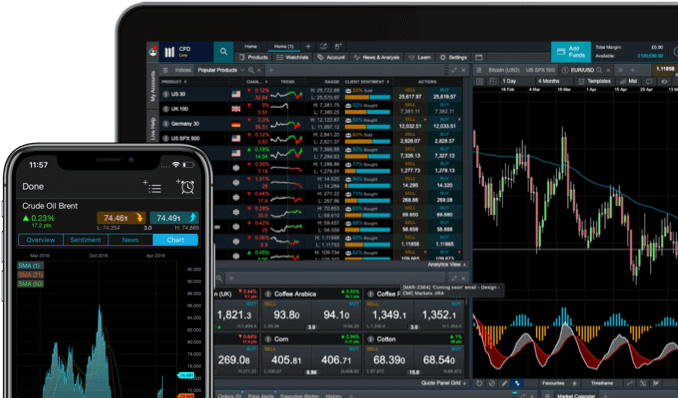The Dow theory is based on the analysis of maximum and minimum market fluctuations to make accurate predictions on the direction of the market.
According to the Dow theory, the importance of these upward and downward movements is their position in relation to previous fluctuations. This method teaches investors to read a trading chart and to better understand what is happening with any asset at any given moment. With this simple analysis, even the most inexperienced can identify the context in which a financial instrument is evolving.
Furthermore, Charles Dow supported the common belief among all traders and technical analysts that an asset price and its resulting movements on a trading chart already have all necessary information already available and forecasted in order to make accurate predictions.
Based on his theory, he created the Dow Jones Industrial Index and the Dow Jones Rail Index (now known as Transportation Index), which were originally developed for the Wall Street Journal. Charles Dow created these stock indices as he believed that they would provide an accurate reflection of the economic and financial conditions of companies in two major economic sectors: the industrial and the railway (transportation) sectors.
















